Design seeks to integrate exhibition spaces with the surrounding forest as part of Hungary’s wider cultural investment in its second-largest city
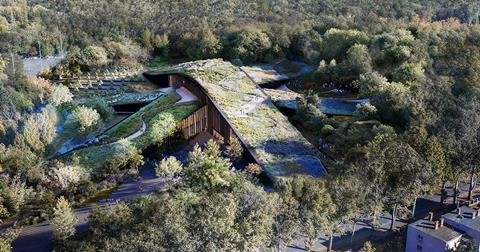
Danish architecture practice BIG has won an international competition to design the new Hungarian Natural History Museum, a 23,000 m² development in Debrecen.
The project is part of a national strategy to relocate key cultural institutions outside the capital and establish Debrecen as a regional hub for education and research by 2030.
The new museum will be built on the site of a former stadium in the southern part of the city, next to the protected Nagyerdő (Great Forest).
It is being developed in collaboration with local architecture studio Vikár és Lukács Építész Stúdió. The project has been ommissioned by the museum and the Ministry of Culture and Innovation.
BIG’s proposal is for a low-rise structure made up of intersecting, curving ribbons that seek to connect the museum with the surrounding landscape. The building’s form defines a series of galleries, public spaces, and outdoor pathways, intended to evoke what the architects describe as a “manmade hill in a forest clearing”.
BIG’s founder and creative director Bjarke Ingels said the design was “conceived as an intersection of paths and lineages”, with overlapping ribbons of landscape forming “niches and habitats, halls and galleries”. He said the aim was to create “seamless continuity” between interior and exterior spaces, and between “the intimate and the mastodontic”.
Ingels also referenced a personal connection to the project, noting: “Natural history is a subject dear to me – so dear that I named my oldest son Darwin.”
The museum will house permanent and temporary exhibition halls, education and research facilities, public amenities, and back-of-house spaces.
The project takes place against a backdrop of increasing central government control over Hungary’s cultural institutions under Prime Minister Viktor Orbán. His government has been accused by some critics of using appointments, funding, and legislation to align museums and other public bodies with nationalist narratives.
Several high-profile institutions have seen leadership changes and shifts in curatorial direction in recent years.





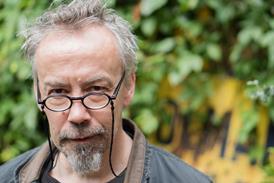

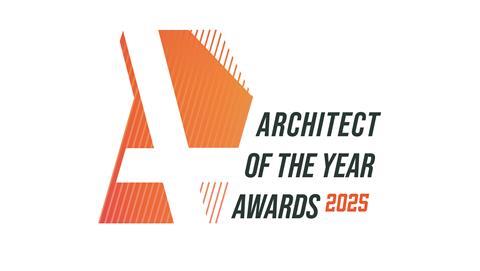
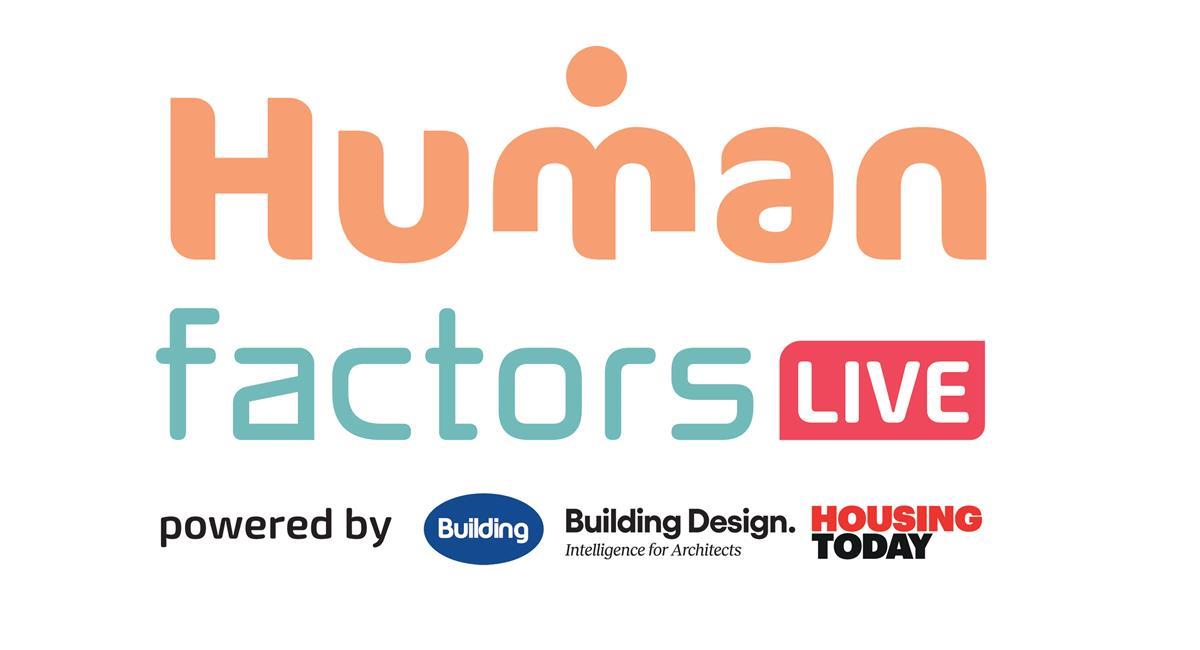
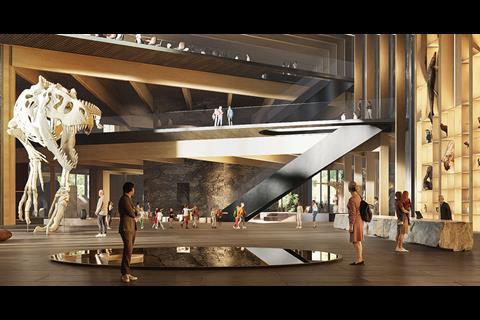
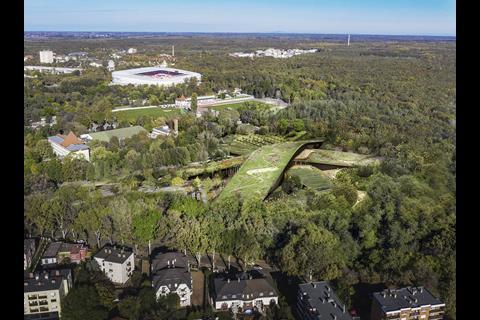
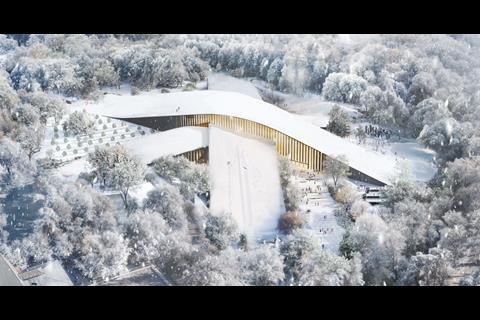
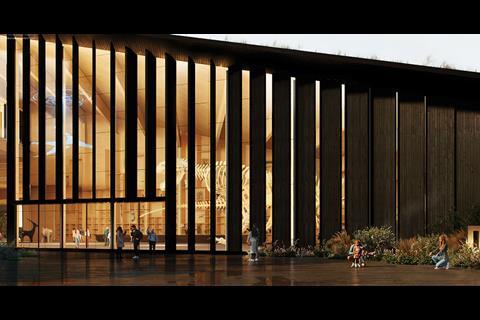
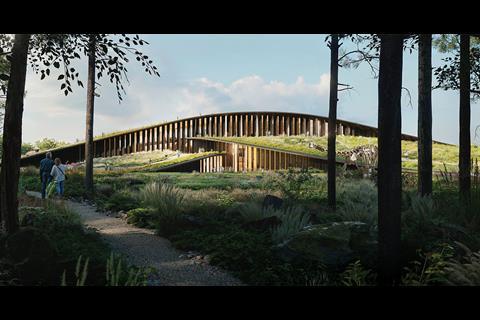







No comments yet